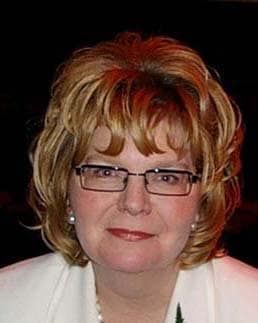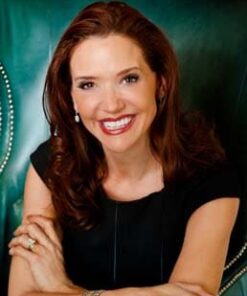What Leaders Can Learn From Downton Abbey
Downton Abbey is an iconic British television series that captivated the world with its portrayal of the transition of family, society and institutional life during the years immediately preceding and following WWI. Not only did this series sweep away its viewers with dramatic characters, eye catching costumes and cinematography, it presented lessons that can be applied to our world today. In this presentation, author Jeanne Martinson explores key leadership principles that may have been overlooked by modern management theory. Whether you are a Downton Abbey fan or not, this insightful presentation provides practical advice to increase your effectiveness as a leader and manager.Leading Asian Employees When You Have a Western MindsetThe belief of many new immigrants – and the managers that hire them – is that technical skills can be universally recognized and these skills determine the success of a professional, regardless of country. What we now know is that educated, qualified immigrants do not get hired – not because they aren’t competent – but because of cultural differences in the hiring process. If they do get hired, often they don’t get promoted because of communication differences that are culturally based. This session helps managers decode those misunderstood eastern-western cultural differences so they can hire the best, keep the best and maximize the talent of the best.
Working with Other Onions? (Playing Nice on a Diverse Work Team)
Ever wonder why we sometimes can’t just get along? Why we react to each other the way we do? Most conflict in the workplace comes from our differences – both our diversity in the big ‘D’ issues such as race, gender or ability but also diversity in the small ‘d’ issues such as values, marital and family status, age or thought processes.
This session will cover the emotions we experience working in a diverse environment, our automatic emotional responses to diversity-based conflict, and new ways to work with others to build a more effective and serene workplace.
Leading a Diverse Workforce
Most organizations have an understanding that a diverse workforce is the only answer to current and future labour market challenges. Most put policies, procedures and processes into play. Some make decisions about marketing to non-traditional groups and institute internal departments of diversity.Yet, while we are managing the structural, hierarchal and marketing elements of diversity in the workplace – we remain disappointed in our recruitment, retention and engagement of diverse employee groups. Why?It’s the people! Understanding the feelings and thoughts regarding diversity of your current workplace is key to making change. What do they think? What do they fear? Why are we stuck?
Making Generational Differences Work!
For the first time, there are four generations in the workplace. Traditionalists, Boomers, Gen Xs and Gen Ys all have different values and goals. And those values and goals are creating conflict! How should the work be done, success measured, influence applied and power shared?This session will cover key historical events that created the four separate generations, the cultural norms that are being challenged by this generational phenomenon, and behaviours that can build better relationships and increase productivity.
Becoming Your Own Wizard (Leadership for the 21st Century)
In the fable, “The Wonderful Wizard of Oz”, the Lion, Scarecrow and Tin Man desired courage, a brain and a heart. Humans also crave these ‘leadership skills” of insight, courage and influence. Sometimes we believe unless we are natural leaders, some magic must occur for us to become good leaders. But like the Oz characters, we have everything we need to succeed. We don’t need “magic” to be successful leaders – only a willingness to recognize our potential and develop it!This session talks about the cornerstones of leadership and how to lead others accord according to the situation, their competency and commitment.
Tossing the Tiara (The Key to Creating Powerful Women Leaders)
Women in leadership roles is good for business! When publicly traded companies have women in senior management roles, those organizations experience an average increase of 74% of return on equity and a corresponding 55% increase of earnings.Women want to lead at the highest levels. When 1400 managers were asked if they had the desire to reach a top management position such as a C-suite role, 79% or women said YES. Yet women women hold only 5.8% of corporate executive positions and 14.5% of board positions.
So how do we reduce the gap between reality and aspiration? First we need to understand how fairy tales myth, media and our history of communication have shaped where we are today. Secondly, we need to make different decisions if we truly want to create powerful women leaders.











